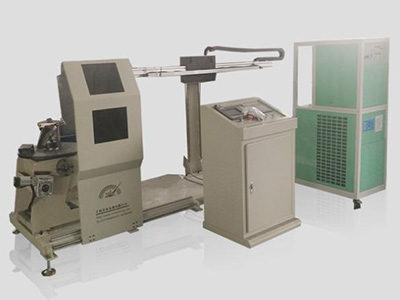The flow of high-temperature plasma beam causes the alloy powder to rapidly heat up, cladding, mixing, reacting, and solidifying together with the workpiece matrix. After it cools naturally, a wear-resistant layer with high hardness and high bonding strength is formed on the surface to achieve surface hardening and strengthening.
Advantages of plasma cladding:
1 The surface of the workpiece substrate and the alloy layer are metallurgically bonded, with high bonding strength, not easy to fall off, and the bonding strength test can reach more than 900Mpa.
The second is the low dilution rate, which can be reduced from more than 30% of the traditional surfacing arc to about 5%.
The third is that the plasma cladding layer has a uniform surface and beautiful appearance, and it can be plasma cladding on the surface of the rust oil workpiece that does not undergo a complicated pretreatment process.
The plasma arc energy is concentrated, the stability is good, and the deformation of the workpiece is small after the cladding is completed.
It has good controllability, and can realize high-efficiency automatic production by changing parameters such as current, voltage, gas, powder lowering speed, flow rate, and high film coating efficiency.
Similar to laser cladding, the environmental pollution generated during the surfacing process is reduced, especially the large amount of gas pollution and wastewater pollution generated during the electroplating process.
crafting process.
Hydraulic rod repair process:
Cleaning (degreasing and derusting) the surface of the workpiece (degreasing and derusting) → rough turning to remove the fatigue layer (original chrome plating layer) → micro-beam plasma cladding → defect repair → fine turning cladding surface → fine grinding surface → polishing finished product.
Compared with the laser cladding method, the micro-beam plasma cladding method has a great improvement, but there are still the following aspects:
A cladding powder is consistent with a laser cladding powder; the use time (wear resistance, corrosion resistance, bonding strength, etc.) is equivalent to that of a cladding powder.
The thickness of the laser cladding alloy layer is generally 0.3mm/time. If the workpiece is severely worn, the thickness of the cladding layer is generally up to 1mm, and the cladding period is longer. The thickness of the microparticle cladding alloy layer is 0.8~1mm, especially the cladding rate is higher.
Original equipment cost (including tooling, fixtures, etc.): The price of 1 million kilowatt (domestic) laser cladding equipment is more than one million yuan, and the cost of trace plasma cladding equipment is about 200,000 yuan, which is less than 1/5 of the cost.
Cost calculation: The piston rod cost of the laser cladding layer is generally 33-38/dm2. The editor of Duomu Industry understands that the piston rod cost of the plasma cladding layer is generally 20-25/dm2.
